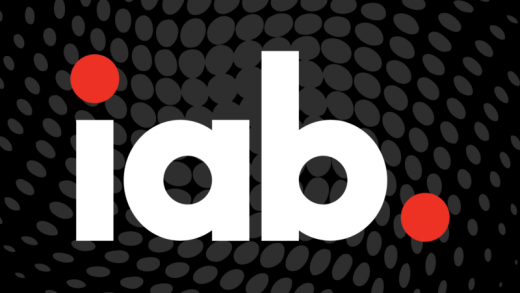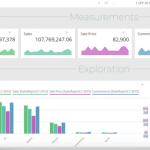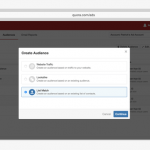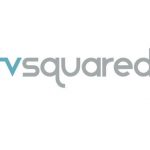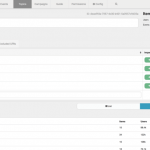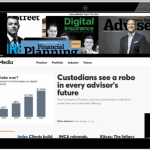At IAB Programmatic Symposium, digital advertising looks to grow up
The industry organization promotes the new name of ‘automation,’ a new framework and a new urgency as brands proclaim: ‘Enough is enough.’
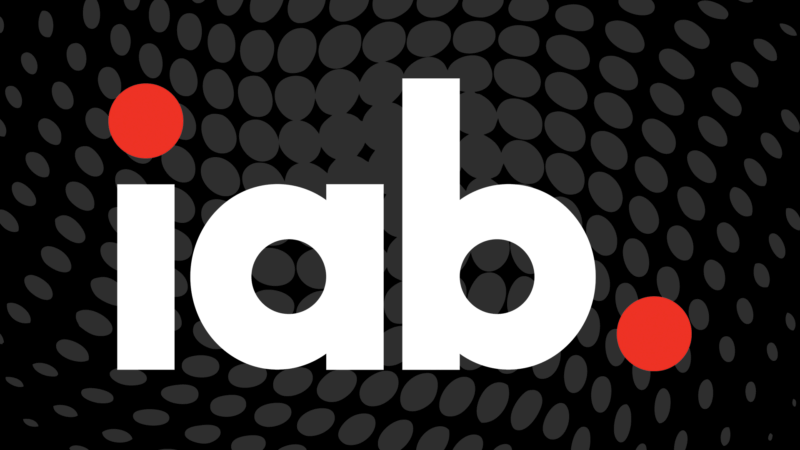
“Like Tom Hanks [in the movie ‘Big,’], we have to grow up.”
That’s how Michael Barrett, president and CEO of ad tech firm Rubicon Project, described the central task of digital advertising in his keynote address this week at the Interactive Advertising Bureau’s (IAB) Programmatic Symposium in New York City.
About 80 percent of all online advertising is now programmatic, a status that would be cause for celebration of technological progress in any other industry.
But, as Barrett and other speakers pointed out, any other industry wouldn’t have brands wondering how much their ads actually cost, if their ads are seen by humans, or whether their ads were actually delivered to the right places.
After a decade of growth, the consensus at the Symposium was that programmatic ads need to start acting like adults, which means taking responsibility for their behavior.
Barrett referred several times to what may have been a turning point, a speech earlier this year at another IAB conference when Procter & Gamble Chief Brand Officer Marc Pritchard lambasted the programmatic ad industry.
“Enough is enough,” Barrett said, adding that “core basics are now table stakes.”
New Framework
One of those basics, he pointed out, is that “you shouldn’t have to be a rocket scientist to understand” what is happening in a programmatic platform.
IAB President and CEO Randall Rothenberg noted that “one of the biggest problems is the technical ignorance of marketers.” There wasn’t much seconding by ad tech companies, although many probably feel that way.
On the other hand, some brands may be wondering: why does the customer have to learn tech-speak to make a purchase?
One reason marketers have difficulty understanding the programmatic system, AOL President of Platforms Tim Mahlman told the Symposium, is that “we go out of our way to make [the system] more complex for marketers.” And someone else noted, “There are too many companies between brand and advertiser.”
Language to improve clarity is very much on the mind of the IAB, which announced that it has decided to re-label “programmatic” as “automation.” Of course, that could collide with the ways that “automation” has and is being used to describe marketing platforms.
IAB also released a handout for “An Evolving Framework for Advertising Automation.”
The basic aim of the Framework is to “provide a common vocabulary and structure” to support such interactions as conversations, benchmarking and evaluation.
And the Framework proposes that the steps in programmatic advertising be simply called Planning, Deciding, Transacting, Delivering and Optimizing.
Clarity of language could help the programmatic industry “do what we say we do,” another of the core basics of adulthood laid out by Rubicon’s Barrett. For instance, he said, some people who say they are in the data business are really in the media business.
Waiting around the corner
And then there is the matter of what the costs of digital ads actually are. The brand pays, say, $10 for an ad buy, and the publisher gets, say, $4. Where does the other $6 go?
One audience member insisted that ad tech companies can’t itemize the difference easily, implying that the true percentage taken by the programmatic ecosystem would shock brands. And, he said, ad tech firms can’t readily reduce their pricing, since many are not yet profitable.
Other suggestions to help the industry mature include more efforts to identify bad actors (such as wider membership in the Trustworthy Accountability Group); payments on time across the ecosystem; and a wider consideration of open-source software.
The increasingly popular header bidding was cited for its potential to “force transparency,” even though others pointed out that it can also make inventory fraud easier. Blockchain-based ad ecosystems may make transparency a system requirement, and the IAB Tech Lab’s newly announced ads.txt can help combat the sale of counterfeit inventory.
But waiting just around the bend to possibly complicate the maturing of the ad tech industry are the General Data Privacy Regulation (GDPR), the evolution of connected TV and Over-the-Top TV (possibly into ATSC 3.0), and increasingly programmatic out-of-home digital displays like digital billboards.
With all of this self-doubt and blaming, it’s no wonder that, as one Symposium participant put it, the IAB event was “like therapy.”
But that seems appropriate for an industry that’s trying to come to terms with adulthood.
As any good therapist will tell you, recognizing that you have a problem — and describing it — are always the first steps.
Marketing Land – Internet Marketing News, Strategies & Tips
(34)

